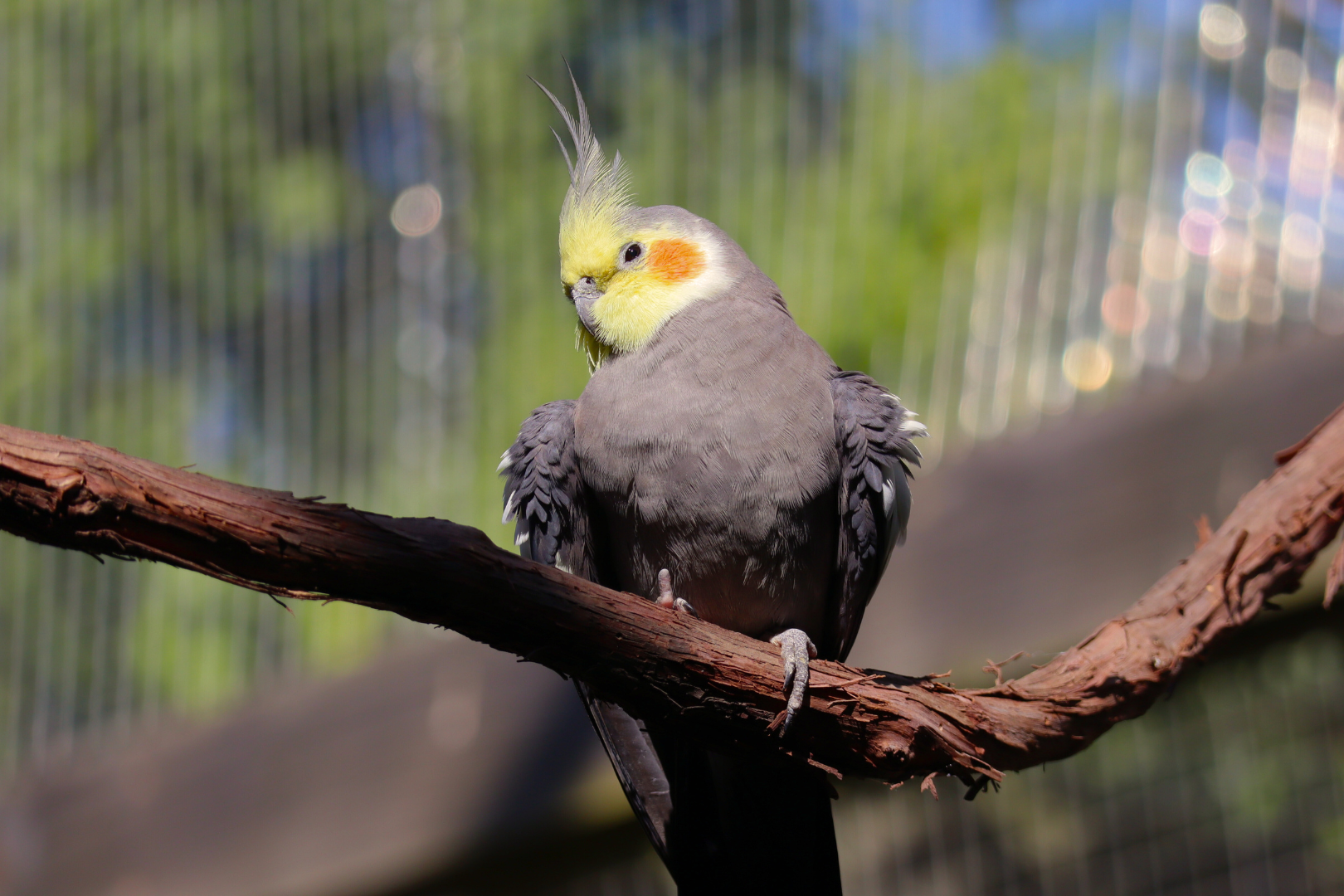Cockatiels are known to use their crest of feathers on their head to communicate with other cockatiels. Moving their head crest feathers into different positions is used as a way to show their mood to other individuals. A straight up crest can indicate curiosity, while a flattened crest can mean a cockatiel may feel frightened.
HELPING THE COCKATIEL IN THE WILD
The cockatiels at the Fort Wayne Zoo are enrolled in the Species Survival Plan (SSP). SSP is a program implemented by the Association of Zoos and Aquariums (AZA) to help ensure a genetically viable population exists.
I AM IMPORTANT TO MY ECOSYSTEM

